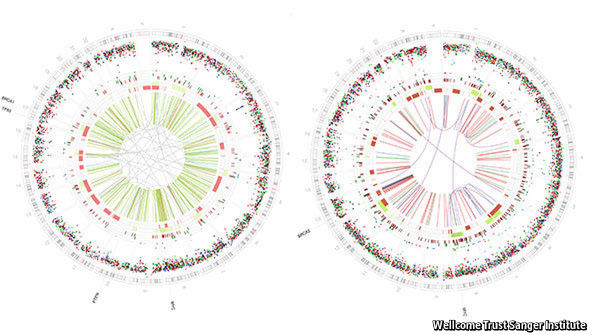Reliably transmitting data over noisy channels with linear codes
Messages transmitted over noisy channels are liable to be corrupted by errors, which may by corrected by including extra information at the cost of increased complexity of decoding. We’ll learn about the class of linear error-correcting codes, which make use of linear relations among codewords to correct errors efficiently and automatically. These codes provide a powerful mathematical framework for combinatorial experimental design, wherein large numbers of biological specimens are pooled according to the rules of a code and assayed in aggregate.
MIA Meeting – https://youtu.be/WoCyfCm_kGM?t=2680
Yaniv Erlich
Columbia University (Computer Science), New York Genome Center
Compressed Experiments
Molecular biology increasingly relies on large screens where enormous numbers of specimens are systematically assayed in the search for a particular, rare outcome. These screens include the systematic testing of small molecules for potential drugs and testing the association between genetic variation and a phenotype of interest. While these screens are “hypothesis-free,” they can be wasteful; pooling the specimens and then testing the pools is more efficient. We articulate in precise mathematical ways the type of structures useful in combinatorial pooling designs so as to eliminate waste, to provide light weight, flexible, and modular designs. We show that Reed-Solomon codes, and more generally linear codes, satisfy all of these mathematical properties. We further demonstrate the power of this technique with Reed-Solomon-based biological experiments. We provide general purpose tools for experimentalists to construct and carry out practical pooling designs with rigorous guarantees for large screens.
Source: MIA Primer: Ryan Peckner / Seminar: Yaniv Erlich (2016) – YouTube
